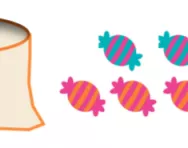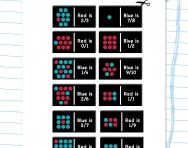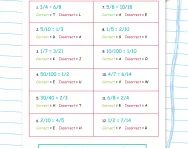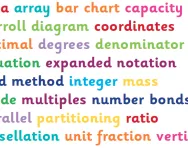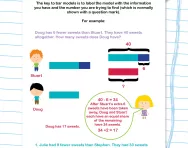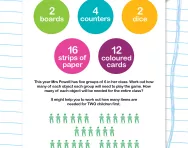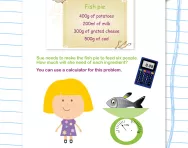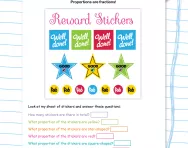Important update from TheSchoolRun
For the past 13 years, TheSchoolRun has been run by a small team of mums working from home, dedicated to providing quality educational resources to primary school parents. Unfortunately, rising supplier costs and falling revenue have made it impossible for us to continue operating, and we’ve had to make the difficult decision to close. The good news: We’ve arranged for another educational provider to take over many of our resources. These will be hosted on a new portal, where the content will be updated and expanded to support your child’s learning.
What this means for subscribers:
- Your subscription is still active, and for now, you can keep using the website as normal — just log in with your usual details to access all our articles and resources*.
- In a few months, all resources will move to the new portal. You’ll continue to have access there until your subscription ends. We’ll send you full details nearer the time.
- As a thank you for your support, we’ll also be sending you 16 primary school eBooks (worth £108.84) to download and keep.
A few changes to be aware of:
- The Learning Journey weekly email has ended, but your child’s plan will still be updated on your dashboard each Monday. Just log in to see the recommended worksheets.
- The 11+ weekly emails have now ended. We sent you all the remaining emails in the series at the end of March — please check your inbox (and spam folder) if you haven’t seen them. You can also follow the full programme here: 11+ Learning Journey.
If you have any questions, please contact us at enquiries@theschoolrun.com. Thank you for being part of our journey it’s been a privilege to support your family’s learning.
*If you need to reset your password, it will still work as usual. Please check your spam folder if the reset email doesn’t appear in your inbox.
What is proportion in maths?
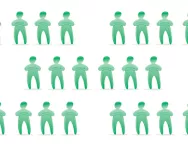
What is proportion?
Proportion tells us about a portion or part in relation to a whole.
Children start to learn about ratio and proportion in Year 6.
For example, they may be shown the following diagram and would need to know that there are 2 green triangles in every six triangles (expressed as a fraction, 2/6 of the triangles are green).
(This is different to ratio, which compares how much of one thing there is compared to another thing; we would say the ratio of green triangles to yellow triangles, is two to four or 2:4.)
Proportion problems in Key Stage 2
Children in Year 6 will be asked to solve problems involving proportion. For example:
There are 15 sweets in a jar. One in every 5 sweets is cherry-flavoured. How many sweets are cherry-flavoured?
The long way to work this out would be to draw a diagram of the 15 sweets, with one symbol (X) for cherry-flavoured sweets and one symbol (0) for sweets that are not cherry-flavoured, for example:
X 0 0 0 0
X 0 0 0 0
X 0 0 0 0
Children would be able to see from this diagram that there were three cherry-flavoured sweets altogether.
To solve proportion problems using a quicker method:
There are 56 bananas in a box. Two in every seven of them are bruised. How many are bruised?
- Work this out by calculating many groups of 7 bananas there are in the box.
- To do this, divide 56 by 7 which would give 8.
- Now multiply the 2 bruised bananas in every group by 8 to make 16.
Scaling up and scaling down problems
In Year 6 children often come across problems where they have to scale a recipe up or down, for example:
This is a recipe that will make 24 cupcakes:
2 eggs
200g of flour
100g of butter
50g cocoa powder
I need to make 36 cupcakes. How much do I need of each ingredient?
You could work this out by thinking about what both numbers 24 and 36 are divisible by. They are both divisible by 12. Since 12 is half of 24, you could halve all the ingredients to find out the ingredients needed to make 12 cupcakes, which would give you:
1 egg, 100g of flour, 50g of butter and 25g of cocoa powder
Since we need to make 36 cupcakes and 36 is three times 12, we can just multiply each of these ingredients by 3 to make:
3 eggs, 300g of flour, 150g of butter and 75g of cocoa powder.


